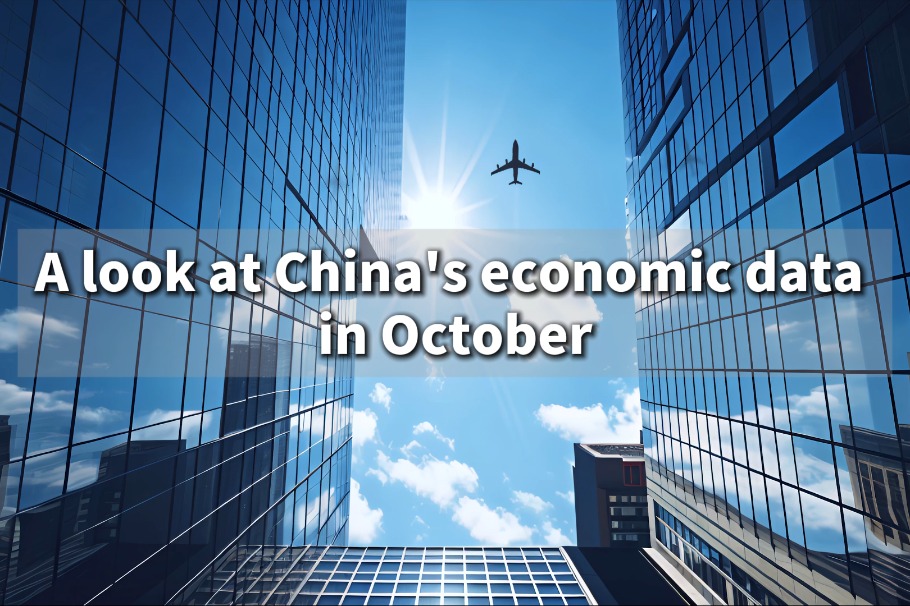How resilient, flexible businesses will weather volatility and uncertainty


The relationship between China and the world is changing in ways large and small, triggered by factors ranging from the rebalancing of China's economy toward services and domestic consumption to rising trade tensions and ASEAN's emergence as an attractive sourcing destination.
Those factors are explored in a recent McKinsey Global Institute report, China and the world: Inside the dynamics of a changing relationship. Most important, the research finds that China's exposure to the world in trade, technology and capital has fallen in relative terms, while the world's exposure to China has increased.
Moreover, although the report focuses more on manufacturing than services, several of the trends the researchers identified will be crucial across a broad spectrum of industries - with potentially destabilizing effects.
China's pivot to Asia is intensifying. Value chains are becoming more regional and less global. For example, China is now the largest trading partner for Malaysia, Singapore and the Philippines. Meanwhile, the country's continued resource demand has increased its importance not only to in-region suppliers such as Australia, where 21 percent of mining and quarrying output is now exported to China, but also to more distant countries such as South Africa and Chile.
By contrast, certain developed economies - especially in Western Europe and North America - show relatively lower trade and investment exposure to China, with exports to China accounting for less than 5 percent of gross output, and imports from China accounting for less than 5 percent of domestic consumption.
The report further notes that despite soaring investments in local R&D and related capabilities, China remains a significant technology importer. For the country to move into higher-value categories, it needs to make progress in two respects: first, in developing and acquiring core technology and know-how; and second, in designing an ecosystem with competitive dynamics that fuel innovation.
Greater Chinese participation in global value chains can increase healthy pressure on domestic players to raise their performance on both fronts.
McKinsey Global Institute's simulations of how China's relationship with the world may develop indicate that between $22 trillion and $37 trillion of economic value (or about 15 to 26 percent of global GDP by 2040) could be at stake. Accordingly, to better navigate through uncertainties and sustain productivity growth, leaders assessing their China strategies must answer a critical question:
Is your business resilient and flexible enough to weather likely volatility ahead? Our research indicates that a few steps are critical:
Find vulnerabilities: Organizations must diagnose where operational profitability is most at risk, and which operational areas are most in need of resilience and responsiveness. The resulting "operations resilience barometer" can then guide a transformation that addresses issues such as supplier concentration, technological stagnation, and geopolitical vulnerability.
Revisit global footprint and sourcing strategy: Optimize manufacturing and logistics, and reallocate production and talent if needed. That's been the focus of a global advanced-industries manufacturer, which has rethought its global footprint strategy and deployed 10 new digital solutions to build resilience throughout the value chain - optimizing cost with zero-based budgeting, strengthening procurement with advanced analytics, and building workers' technological capabilities. By the end of the first phase, the company significantly reduced waste in its complex manufacturing process and captured more than $300 million in recurring cost savings.
Invest smartly in technologies and innovation: Traditionally, manufacturers faced a stark choice between increasing productivity or resilience: the most cost-effective production would likely be concentrated in a single region, often China, while distributing production more broadly would dramatically increase cost.
But new technologies are freeing companies to achieve both goals at once. As critical as technology is to a productivity and resilience solution, organizations face a quandary in deciding which technologies are worth investing in for their unique challenges. Technological leaders know to focus on the business problems that most need attention and then choose the right technologies to deploy - not vice versa.
Increase responsiveness to local demand: This applies to even local talent, local culture and local regulation. A leading global manufacturer has introduced resilience into the design and operations in one of their manufacturing sites in China by empowering local management, fostering local talent, and integrating more deeply into the local supplier ecosystem. With a much more agile decision-making process, the factory has reduced customer complaints by nearly 60 percent and shortened the design iteration cycle time by over 40 percent.
Resilient companies are already achieving uninterrupted growth and becoming more competitive. Is your business positioned to ride the wave of the changing relationship between China and the world?
Karel Eloot is a senior partner in McKinsey's Shanghai office and the co-leader of McKinsey's Operations Practice in Asia.




































